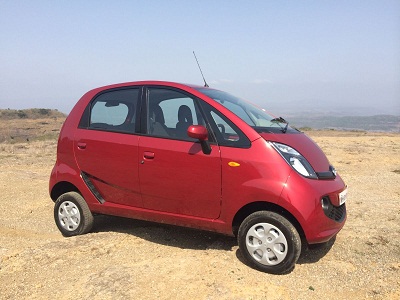In order to revive the fortunes of the vehicle that is called People’s Car by Ratan Tata, maker Tata Motors is all geared up to launch the new variant called GenX Nano. It is likely to position this vehicle as a model that will be aspired by many.
In a bid to attract the first time buyers, Tata Motors the vehicle that has been the cheapest car launched ever was quite successful. The Nano managed to draw the attention in the automobile world when it was launched in the year 2009. Now, the firm seems to be making a critical intervention vehicle that is packed with a slew of new features.
The GenX Nano will arrive with openable boot, automatic manual transmission, Bluetooth phone sync audio system and other features. The vehicle is believed to hit the market in a time frame of six to seven week. After the launch of the GenX Nano, the existing lineup of Nano excluding the CNG version is said to be phased out.
Regarding this, Girish Wagh, Tata Motors Senior Vice President of Programme, Planning & Project Management of Passenger Vehicles claimed that Nano is an extremely significant product for the maker.
He claimed that there has been no discussion of killing the brand and it has been about how to re-energize the same. Admitting that the Nano is not capable of addressing the societal status requirement of the two-wheeler riders of upgrading to a car, he said that the firm is correcting this mistake.
The company is adding new features to the GenX Nano by adding more features such as automatic transmission for city driving, openable boot and power steering. Also, it will come with a capacious tank capable of housing 24 litres of fuel as compared to the 15 litres of fuel in the previous model of Nano. He added that the firm is aimed to create a perception change about the product and manufacturer.
Notably, the sales of Nano have been dropping gradually. It dipped by 20 percent selling only 16.901 units in the previous fiscal year 2014-15, whereas it was 21,129 units the year before.

